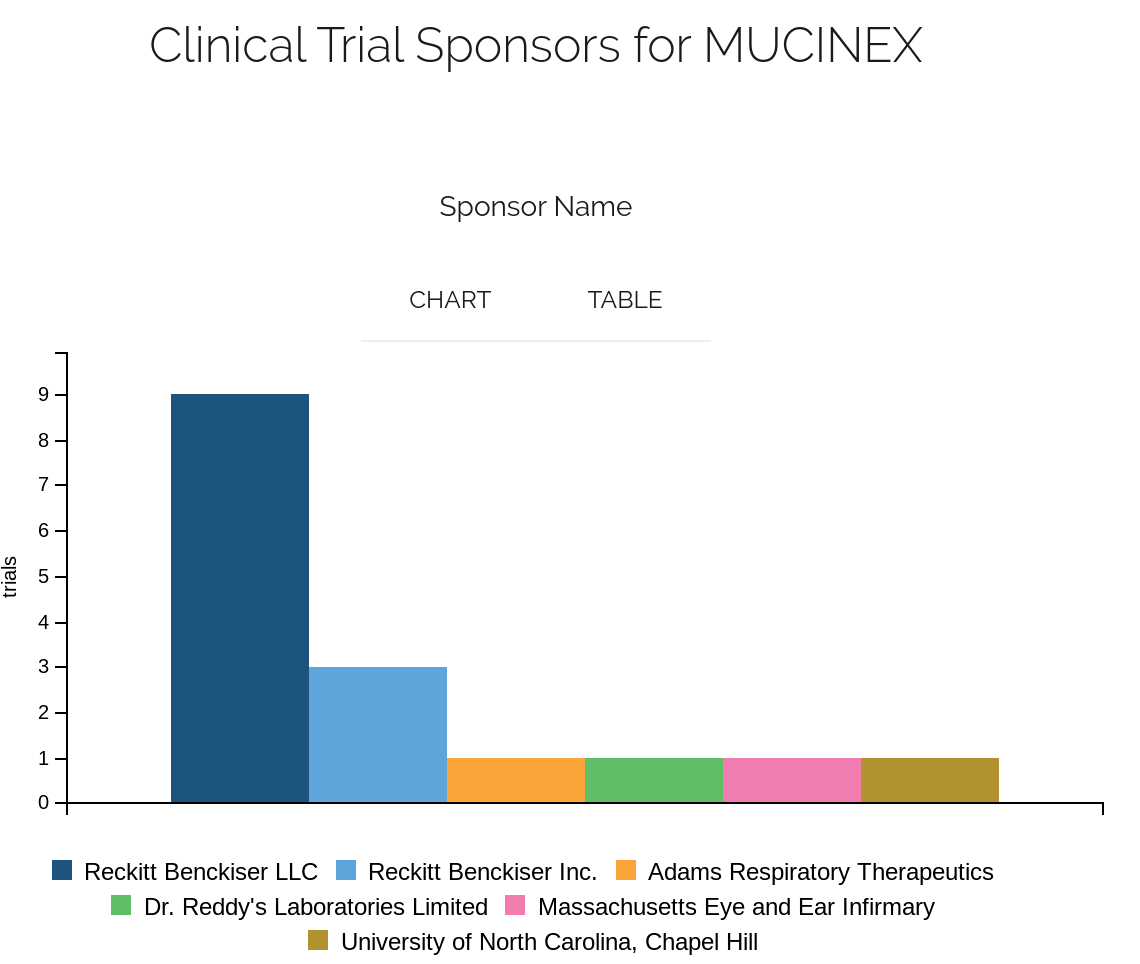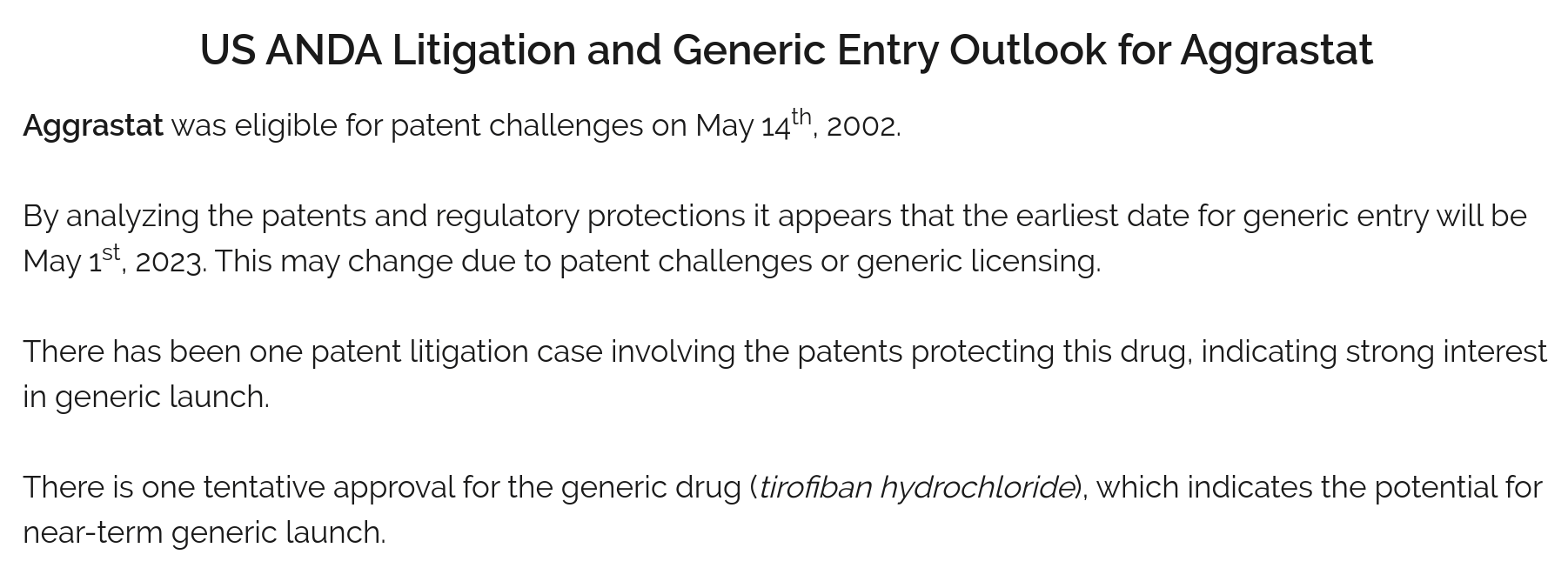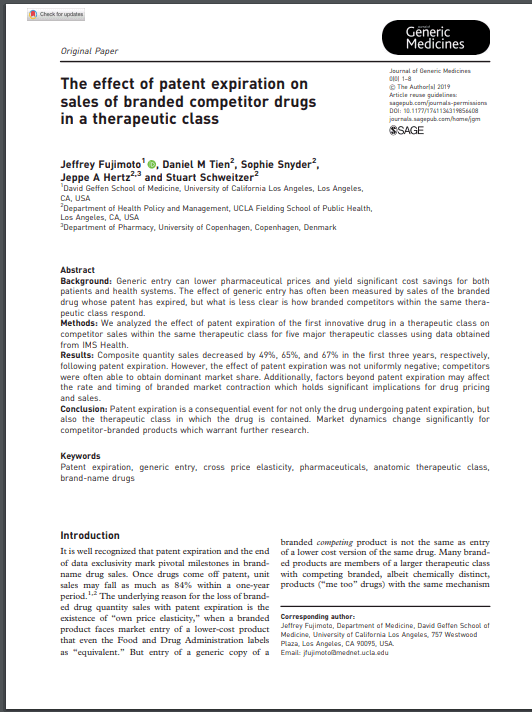Have you ever wondered why your prescription medication has such a tongue-twisting name? Or why the generic version sounds completely different from the brand name you’re used to? Welcome to the fascinating world of drug naming, where science meets linguistics in a complex dance of letters and syllables. In this comprehensive guide, we’ll unravel the mysteries behind generic drug names, exploring the intricate system that governs how these vital medications are labeled.
The Importance of Drug Naming
Before we dive into the nitty-gritty of generic drug naming, let’s take a moment to appreciate why this process is so crucial. Proper drug naming isn’t just about creating catchy monikers; it’s a matter of public health and safety. Clear, distinct names help prevent medication errors, ensure proper dosing, and facilitate communication between healthcare providers and patients.
“A globally recognized naming process makes an otherwise confusing name game more manageable. It helps the medical community easily learn and categorize newly approved medications and reduce prescribing errors by providing a unique, standard name that reflects each active ingredient in the drug.”[3]
The Two-Name System: Brand vs. Generic
When a new drug hits the market, it typically comes with two names: a brand name and a generic name. This dual-identity system has been a staple of the pharmaceutical industry for decades, but it’s not without its controversies.
Brand Names: The Marketing Marvel
Brand names are the flashy, memorable monikers given to drugs by their manufacturers. These names are carefully crafted to be catchy, easy to pronounce, and suggestive of the drug’s benefits. Think “Prozac” for an antidepressant or “Viagra” for erectile dysfunction medication.
Generic Names: The Scientific Standard
Generic names, on the other hand, are the standardized, scientific names assigned to drugs. These names are typically longer and more complex than brand names, but they follow a systematic approach that provides valuable information about the drug’s chemical makeup and therapeutic class.
The Evolution of Drug Naming
The current system of drug naming didn’t appear overnight. It’s the result of decades of debate, compromise, and refinement.
The Kefauver Compromise
In the late 1950s, U.S. Senator Estes Kefauver initially sought to ban brand names outright, believing they contributed to monopolistic practices in the pharmaceutical industry. However, faced with stiff opposition from drug manufacturers, a compromise was reached:
“In the face of stiff opposition from the pharmaceutical industry, however, he was forced to accept a compromise: manufacturers would be able to continue using brand names for their drugs, but the Food and Drug Administration (FDA) would have authority to issue generic names applicable to all products sharing the same active ingredients.”[1]
This compromise laid the foundation for the two-name system we use today.
The Rise of Generic Drugs
The generic name took on greater importance in the 1980s with the expansion of the generic drug industry. New legislation allowed drug regulators to approve generic drugs based on bioequivalence, meaning they deliver the same active ingredients at the same rate as their brand-name counterparts.
The Anatomy of a Generic Drug Name
Generic drug names might seem like random assemblages of syllables, but they actually follow a carefully structured system. Let’s break it down:
The Prefix-Infix-Stem System
Generic names are constructed using a prefix-infix-stem system. Each part of the name serves a specific purpose:
- Prefix: Distinguishes the drug from others in the same class
- Infix: Further subclassifies the drug (used occasionally)
- Stem: Indicates the drug’s function and marks its place within the naming system
The Importance of Stems
Stems are particularly crucial in generic drug names. They’re typically one or two syllables that describe a drug’s biological effects, physical and chemical qualities, and structure. Drugs with the same stem share features like the conditions they treat and how they work in the body.
For example, drugs ending in “-pril” (like enalapril, lisinopril) are ACE inhibitors used to treat high blood pressure, while those ending in “-oxetine” (like fluoxetine, paroxetine) are selective serotonin reuptake inhibitors (SSRIs) used as antidepressants.
The Naming Process: From Lab to Label
The journey from a newly developed drug to an officially named medication is a complex process involving multiple organizations and careful consideration.
Step 1: Application Submission
The process begins when a drug company submits an application to the U.S. Adopted Names (USAN) Council with a proposed generic name.
Step 2: USAN Evaluation
The USAN Council considers several factors when evaluating a name:
- Relation to the drug’s function
- Translatability to other languages
- Ease of pronunciation
- Simplicity (ideally fewer than four syllables)
- Potential for confusion with existing drug names
Step 3: International Approval
Once USAN and the drug company agree on a name, it’s proposed to the World Health Organization’s (WHO) International Nonproprietary Names (INN) Expert Group. This global panel of specialists may accept the proposed name or suggest an alternative.
Step 4: Public Review
After agreement is reached between the drug company, USAN, and the INN Expert Group, the proposed name is published in the WHO Drug Information journal for a four-month public comment period.
Step 5: Final Adoption
If no objections are raised during the public review, the name is officially adopted as the drug’s generic name.
The Challenges of Drug Naming
While the current system of drug naming has many benefits, it’s not without its challenges.
Confusion and Medication Errors
Despite efforts to create distinct names, confusion between similar-sounding drug names can lead to dangerous medication errors. For example, the acid reflux drug omeprazole was rebranded from Losec to Prilosec because it was frequently confused with the diuretic Lasix.
Language Barriers
Generic names are designed to be internationally recognizable, but they can still be challenging for non-English speakers or those without a background in chemistry or biology.
Balancing Simplicity and Information
There’s a constant tension between creating names that are simple enough to remember and pronounce, yet informative enough to convey important details about the drug’s composition and function.
The Future of Drug Naming
As the pharmaceutical industry continues to evolve, so too does the system of drug naming. Here are some trends and potential changes on the horizon:
Incorporating Inactive Ingredients
With the rise of drugs developed with different salts and esters, there’s a move towards modifying the naming process to incorporate information about the inactive parts of the compound.
Artificial Intelligence in Name Generation
Some researchers are exploring the use of AI algorithms to generate and evaluate potential drug names, potentially streamlining the naming process and reducing the risk of confusion between similar names.
Increased Focus on Patient-Friendly Names
There’s growing recognition of the need for drug names that are not only scientifically accurate but also accessible to patients. This could lead to changes in how generic names are constructed or presented to the public.
Resources for Understanding Drug Names
For those looking to delve deeper into the world of drug naming, several valuable resources are available:
DrugBank
DrugBank is an online database containing chemical, pharmacological, and pharmaceutical information about drugs. It’s an excellent resource for understanding the scientific basis behind drug names.
RxNorm
RxNorm, created by the U.S. National Library of Medicine, provides a standardized nomenclature for clinical drugs. It’s particularly useful for understanding how different naming systems relate to each other.
WHO Stem Book
The World Health Organization publishes a regularly updated stem book, which is an invaluable resource for understanding the meaning behind different parts of generic drug names.
The Role of Generic Names in Healthcare
Generic drug names play a crucial role in the healthcare system, far beyond simply identifying medications.
Facilitating Global Communication
By providing a standardized naming system, generic names enable healthcare professionals worldwide to communicate effectively about medications, regardless of local brand names or language differences.
Supporting Generic Drug Use
Generic names are essential for promoting the use of generic drugs, which can significantly reduce healthcare costs. When patients and healthcare providers are familiar with generic names, it’s easier to switch between brand-name and generic versions of a medication.
Enhancing Patient Safety
Clear, distinct generic names help prevent medication errors by reducing confusion between similar drugs. They also provide a consistent way to identify medications across different healthcare settings and systems.
The Impact of Generic Names on Drug Marketing
While brand names are the stars of drug marketing campaigns, generic names play a subtle but important role in how medications are perceived and promoted.
Scientific Credibility
Generic names lend scientific credibility to medications. Their complex, systematic nature can make drugs seem more sophisticated and effective to consumers.
Regulatory Compliance
In many countries, drug advertisements are required to include the generic name alongside the brand name, ensuring that consumers have access to standardized information about the medication.
Generic Competition
Once a drug’s patent expires, its generic name becomes crucial for competing generic versions entering the market. The ability to use the established generic name allows these new entrants to benefit from the original drug’s reputation and familiarity among healthcare providers.
Ethical Considerations in Drug Naming
The process of naming drugs raises several ethical questions that continue to be debated in the pharmaceutical and healthcare communities.
Transparency vs. Marketing
There’s an ongoing tension between the need for transparent, informative drug names and the desire of pharmaceutical companies to create marketable brand identities for their products.
Access to Information
Complex generic names can be a barrier to patient understanding. Is it ethical to use names that are difficult for the average person to pronounce or remember?
Cultural Sensitivity
As drugs are marketed globally, names that are innocuous in one language or culture may be problematic in another. How can the naming process account for these cultural differences?
The Role of Technology in Drug Naming
As with many aspects of healthcare, technology is playing an increasingly important role in the world of drug naming.
Database Management
Advanced database systems like DrugBank and RxNorm are making it easier to manage and cross-reference the vast array of drug names in use globally.
Natural Language Processing
Natural Language Processing (NLP) technologies are being used to analyze drug names for potential confusion or similarity to existing names, helping to prevent medication errors.
Machine Learning in Name Generation
Some researchers are exploring the use of machine learning algorithms to generate potential drug names that meet regulatory requirements and are less likely to be confused with existing medications.
Key Takeaways
- Generic drug names follow a systematic, prefix-infix-stem structure that provides information about the drug’s chemical makeup and therapeutic class.
- The drug naming process involves multiple organizations, including the USAN Council and the WHO, to ensure global standardization.
- While complex, generic names play a crucial role in facilitating communication among healthcare professionals and promoting patient safety.
- The future of drug naming may involve incorporating more information about inactive ingredients and leveraging AI for name generation and evaluation.
- Resources like DrugBank, RxNorm, and the WHO Stem Book are valuable tools for understanding and navigating the world of drug names.
FAQs
- Q: Why are generic drug names so much longer than brand names?
A: Generic names are designed to provide information about the drug’s chemical makeup and therapeutic class, which often requires more syllables than a catchy brand name. - Q: Can a drug have different generic names in different countries?
A: While efforts are made to standardize generic names globally through the WHO’s INN program, there can sometimes be slight variations between countries. - Q: How do I find out the generic name of my brand-name medication?
A: You can ask your healthcare provider or pharmacist, or look up the information on reliable online resources like DrugBank or the FDA’s website. - Q: Are generic drugs always cheaper than brand-name drugs?
A: Generally, yes. Generic drugs are typically much less expensive than their brand-name counterparts due to lower development and marketing costs. - Q: Can I suggest a name for a new drug?
A: While individuals can’t directly suggest names, pharmaceutical companies often use market research and focus groups to help develop brand names for new drugs.
Sources cited:
[1] https://www.ncbi.nlm.nih.gov/pmc/articles/PMC4747525/
[2] https://www.fda.gov/drugs/frequently-asked-questions-popular-topics/generic-drugs-questions-answers
[3] https://www.asbmb.org/asbmb-today/industry/082022/why-are-drug-names-so-long-and-complicated






















